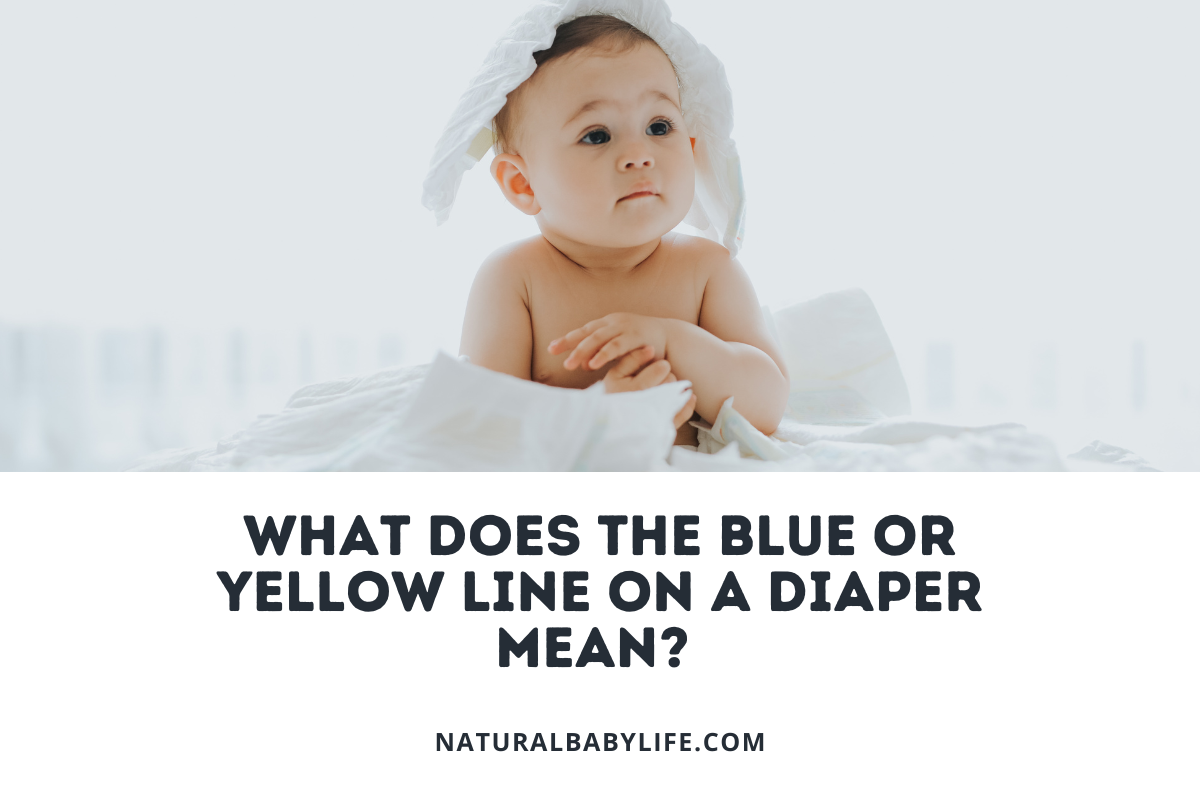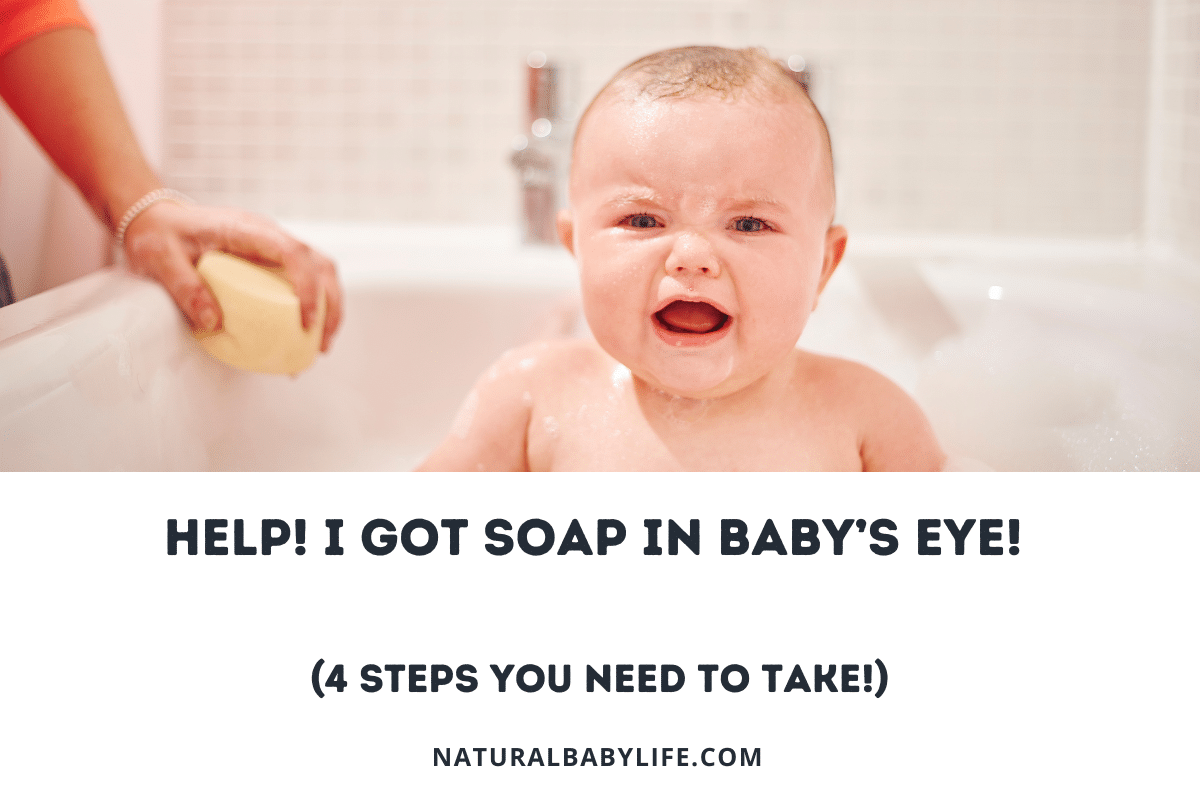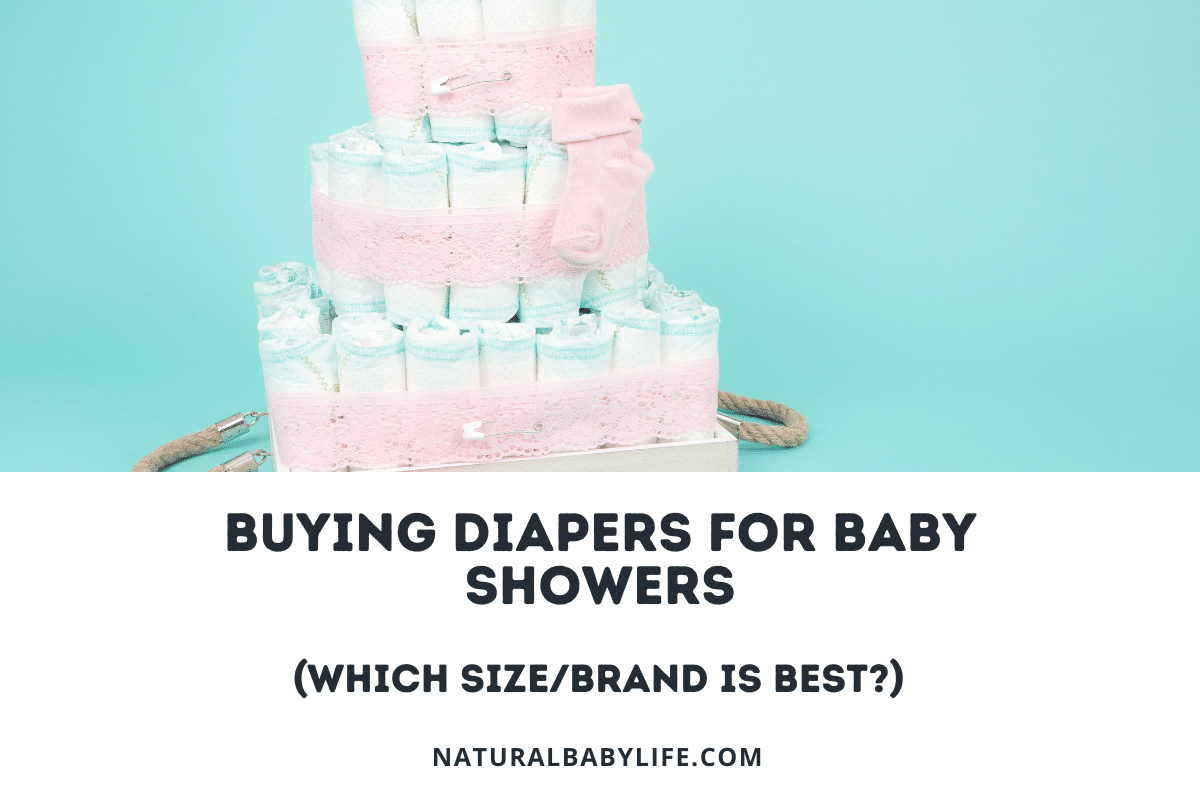After you bring home your baby, you’ll go through huge numbers of diapers in the first year. As you settle on your preferred brand, you’ll notice most disposable diapers come with a line down the front of the diaper that’s typically yellow or blue. This handy feature is convenient for caregivers, and during one of those many diaper changes, you might wonder what’s actually happening to make the diaper change colors.
The blue or yellow line on a diaper is a wetness indicator. The diaper manufacturer includes a chemical in the diaper that changes from yellow to blue when it comes in contact with the moisture or acid of the baby’s urine.
Read on to learn the surprisingly simple science behind such a helpful diaper feature. And, by knowing more about how the indicators work, you’ll be able to fully utilize all the details that those indicators tell you about your baby’s diaper.
Table of Contents
How do diaper wetness indicators work?
Diaper manufacturers add a pH-indicating chemical called bromophenol blue to the inner layers of the diaper. Bromophenol blue starts as yellow but changes to blue when it comes in contact with a liquid with a 4.6 pH or higher. Urine is slightly alkaline, which causes it to trigger the bromophenol blue in the wetness indicator.
Disposable diapers are made of multiple layers, including the top layer that goes against the baby’s skin, an absorbent gel inner layer, and a water-resistant exterior that prevents leaking.
A patent for a wetness indicator tells us that the pH-indicating chemical is placed in the absorbent interior layer of the diaper so that the chemical changes color when it comes in contact with urine. That color change is visible through the water-resistant exterior layer.
What does the yellow line mean?
In a disposable diaper, a yellow line means that the baby has not urinated or has urinated so little that the urine has not reached the absorbent layer.
Bromophenol blue remains yellow below pH 3, so a yellow line on the diaper means that the diaper’s absorbent layer has not come into contact with an acidic liquid.
What does the blue line mean?
When the line on the diaper turns blue, the baby’s urine has reached the absorbent layer of the diaper.
In reality, any liquid with a pH of 4.6 or higher will activate the bromophenol blue and trigger the wetness indicator. However, it would be unlikely for another liquid to be present in the absorbent interior.
Do you have to change the baby’s diaper once the line turns blue?
It can be tempting to delay a diaper change when your little one is sleeping or when you’re running dangerously low on diapers. Your frequency of diaper changes typically decreases as your baby gets older.
Pampers recommends that you change a newborn’s diapers at least every two to three hours but as often as needed. Although disposable diapers are designed to pull the urine away from the skin and to the absorbent inner layer, removing wet or dirty diapers as soon as possible is the best defense against diaper rash.
Leaving your baby’s skin exposed to wet or dirty diapers increases the risk of diaper rash. Even mild diaper rash can make your baby uncomfortable, and most parents want to avoid a fussy baby. Diaper rashes can become infected and lead to a more serious situation that requires medical intervention.
Does the diaper line turn blue for poop too?
It’s possible for the wetness indicator to be triggered for a bowel movement.
The average pH for a healthy person’s stool is 6.6, so the pH of a bowel movement could trigger the wetness indicator. However, the stool would have to reach the diaper’s interior absorbent layer where the bromophenol blue is located.
Diapers include a soft layer that rests against the baby’s bottom. That layer also filters out solids. However, babies often have loose stools, which might even be watery if they have diarrhea.
Will diaper cream or lotion turn the line blue on a diaper?
Your diaper cream or lotion shouldn’t activate the wetness indicator and turn the line blue. These products don’t have enough moisture to reach the bromophenol blue. After all, they’re meant to stay firm to your baby’s skin to act as a barrier between the skin and urine or stool.
Can the blue line disappear?
If the bromophenol blue in the diaper dries out, it will return to yellow. If your baby produces less than six wet diapers per day, it can be a sign of dehydration.
Do all diapers have a wetness indicator?
While wetness indicators are a commonplace disposable diaper feature these days, you can find diapers without them if you look beyond major brands like Pampers, Luvs, and Huggies.
First, diapers targeted at parents looking for fewer dyes and chemicals often lack the wetness indicator because they avoid all non-essential ingredients. These types of diapers are usually marketed as eco-friendly or natural diapers and include brands like Happy Little Camper and Abby & Finn.
Second, some diaper brands only make the wetness indicator available in their smallest sizes. Babyganics, for example, only uses the indicator for its newborn through size two diapers.
Should the wetness indicator be on the front or the back?
The wetness indicator appears on the front of the diapers because urine needs to come in direct contact with the bromophenol blue for it to change colors. Diapers are unisex, meaning that manufacturers don’t make separate diapers for boys and girls.
The gel inside disposable diapers expands to absorb urine. So, as the diaper becomes saturated in one area, the urine gets absorbed by gel throughout the diapers. As this happens, more of the wetness indicator line turns blue. As a result, you can expect a completely blue line to indicate a fully saturated diaper.
Some manufacturers, like Pampers, extend the wetness indicator all the way from one waistband to the other. This helps the indicator come in contact with the urine no matter what position your baby is in.










